Innovations in Development
Innovations in development are currently moving through the STIC Innovation Development Process. During the process, the TAG Leader assigns an Innovation Owner and a Development Team. The Development Team is responsible for evaluating the potential benefits and challenges of the innovation, available resources for deployment, expected results, and other criteria for acceptance.
Cold Central Plant Recycling (CCPR) - CCPR is the process in which a base or binder asphalt pavement layer is produced at a centrally located mobile/stationary plant using Reclaimed Asphalt Pavement (RAP) from an existing stockpile or millings from an ongoing project, either emulsified asphalt or foamed asphalt and sometimes an active filler such as cement. After the CCPR is produced, it is loaded onto trucks and hauled to the project for placement using conventional paving and compaction equipment.
Fuel Resistant Highly Modified Asphalt for Use in Combatting Amish Buggy Pavement Damage - This innovation uses highly polymer modified jet fuel resistant asphalt that is extremely resistant to rutting, raveling and to damage from horse urine.
Bridge Link Slabs - Link slabs are continuous concrete decks over simply supported steel or concrete girders at the piers.
Environmentally Sensitive Area Signage - Specially-designed, unique signage can be used to mark areas that are environmentally sensitive or have been planted as mitigation.
Slotted Median Barrier - Slotted Median Barriers are designed with a large hydraulic opening on the bottom to allow for drainage. They are particularly useful for flood prone areas and can act like a dam in areas where flooding is a concern, while also reducing other hazards, such as vehicle snagging, glare shielding and passage of animals.
Standardizing Concrete Color on Bridges - The goal it to develop standard item numbers and a standard specification for concrete colors on PennDOT bridges, to provide a more consistent look across Pennsylvania and reduce prolonged “review loops,” when manufacturers have trouble matching color or finding the correct shade of color for a certain bridge.
Environmental Monitor Role for Large Construction Projects - The goal of the innovation is to include an expert for concerns related to wetlands, streams, wildlife habitats and cultural resources on construction projects, who will coordinate with contractor and PennDOT staff on all environmental and permitting matters to help ensure protection of sensitive environmental resources.
Goats for Vegetation Management - The Goats for Vegetation Mangement innovation will study the effectiveness of goats as part of Stormwater Control Measure (SCM) maintenance.
Automated Call-Out Solution - The goal of the Automated Call-Out Solution innovation is to automate employee call-outs, overtime equalization, resource allocation and response while improving situational awareness.
Living Snow Fence - The Living Snow Fence innovation will develop a program to engage and compensate local farms for the service of providing a living snow fence adjacent to state highways utilizing standing corn.
LED Lighted Plow Markers- The LED lights will be installed on the front plows and wing plows, providing better visibility to operators and motorists during snowstorms and nighttime operations. The flexible lighted markers will be powered by the battery of the vehicle and connected through a wiring harness.
Bridge Strike Prevention - Low-height bridge hits are a constant issue in Pennsylvania and around the country. This innovation is exploring the issues in Pennsylvania, understanding causes and identifying potential countermeasures.
Lane Reservation System - Lane Reservation System a tool to ensure crews are performing road work at the most appropriate times to minimize impacts to the traveling public.
Automated Traffic Signal Performance Measures (ATSPMs) - ATSPMs are an innovative way to use "big data" to analyze and optimize the performance of traffic signals.
Deployed Innovations
After the innovation is moved to the Advancement Phase of the Innovation Development Process, a project lead is assigned to guide the innovation through deployment.
-
Cement Slurry for Full Depth Reclamation
-
Design-Build Traffic Control Plan
-
Environmental Reference Webpages
-
Expanded Polystyrene Geofoam
-
High Friction Surface Treatment
-
Highway Safety Manual
-
LED Highway Lighting and Policy
-
Non-Woven Geotextiles
-
Pervious Pavement
-
Salt and Snow Management Course
-
Geosynthetic Stabilized Bridge Approach
-
Hot Pour Mastics
-
Predictive Work Zone Analysis
-
Stormwater Training
-
Certified Concrete Finishers Course
-
Vegetation Management Catalog
-
Sequential Dynamic Lighting Chevrons
-
Snow Plow Cameras
-
Air Foil
FHWA Every Day Counts (EDC)
EDC is a state-based model that identifies and rapidly deploys proven, yet underutilized innovations in a two-year cycle to shorten the project delivery process, enhance roadway safety, reduce traffic congestion, and integrate automation.
Nighttime Visibility for Safety
Nighttime pedestrian fatalities are three times higher than daytime rate fatalities, resulting in 76% of pedestrian fatalities occurring at night. Increasing nighttime visibility can reduce crashes at rural and urban intersections by 38% using well-designed lighting. A key focus of this innovation is lighting, including the design, maintenance, and technology advancements to improve pedestrian crossings near activity locations, such as schools, parks, transit stops, and sports complexes. Enhancing visibility in these high-activity areas with cost-effective and proven lighting and traffic control device countermeasures can save lives.
Next Generation TIM: Technology for Saving Lives
More than 6 million reportable crashes occur each year in the United States, resulting in 2 million injuries and more than 30,000 fatalities. Additionally, there are over 32 million disabled vehicles and countless incidents of roadway debris. These events put responders and motorists at risk of secondary crashes. The Next Generation Traffic Incident Management (NextGen TIM) programs promote emerging technologies to advance safety and mitigate incident impacts to clear incidents collaboratively, safely, and quickly. NextGen TIM feeds a larger TIM role in the Safe Systems approach, by creating a safe working environment for vital first responders and preventing secondary crashes through robust TIM practices. This innovation aims to provide new tools, data and training mechanisms to protect everyone on the road.
Strategic Workforce Development
The demand for highway construction, maintenance, and operations workers is on the rise while the industry is also seeing a rise of emerging technologies that will require new skills. This innovation aims to attract and retain workers in highway construction jobs and provide them with the necessary training to fill these vital jobs. Increasing the highway construction workforce can help communities thrive while solving one of today’s most persistent national transportation problems and offers an opportunity to recruit underrepresented groups, including minorities and women, to jobs that can change their lives.
Enhancing Performance with Internally Cured Concrete (EPIC2)
Cracking in concrete is a limiting factor in achieving long-term concrete performance. When this cracking occurs at an early age, it leaves the concrete and embedded reinforcement exposed to degradation, reducing the service life of the structure. Unlike conventional curing where water is supplied on the concrete’s surface, internal curing provides a source of moisture from inside the concrete mixture, improving its resistance to cracking and overall durability. This innovation aims to alleviate shrinkage cracking and has the potential to substantially extend the service life of concrete bridge decks and enhance the performance of pavements and repairs.
Automated Traffic Signal Performance Measures (ATSPMs)
Collaborative Hydraulics: Advancing to the Next Generation of Engineering "C.H.A.N.G.E."
e-Construction & Partnering: A Vision for the Future
Pavement Preservation "When, Where & How"
Using Data to Improve Traffic Incident Management (TIM)
How does PA compare? View the FHWA EDC Round 4 Final Report.
Accelerated Bridge Construction (ABC)
Geospatial Data Collaboration (GDC)
High Friction Surface Treatment
3-D Engineered Models for Construction
Implementing Quality Environmental Documents
Interchange/ Intersection Design Geometrics
Traffic Incident Management (TIM Responder Training)
How does PA compare? View the FHWA EDC Round 2 Final Report.




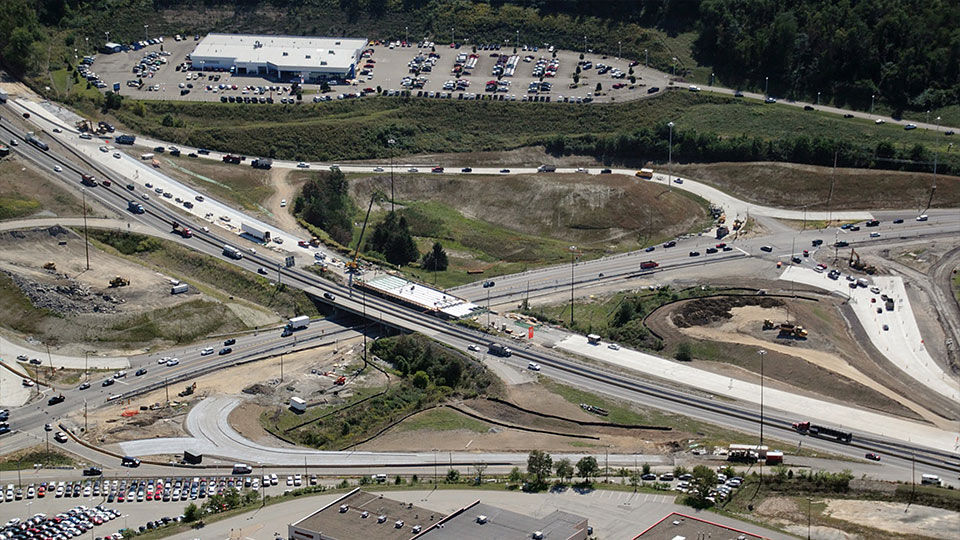
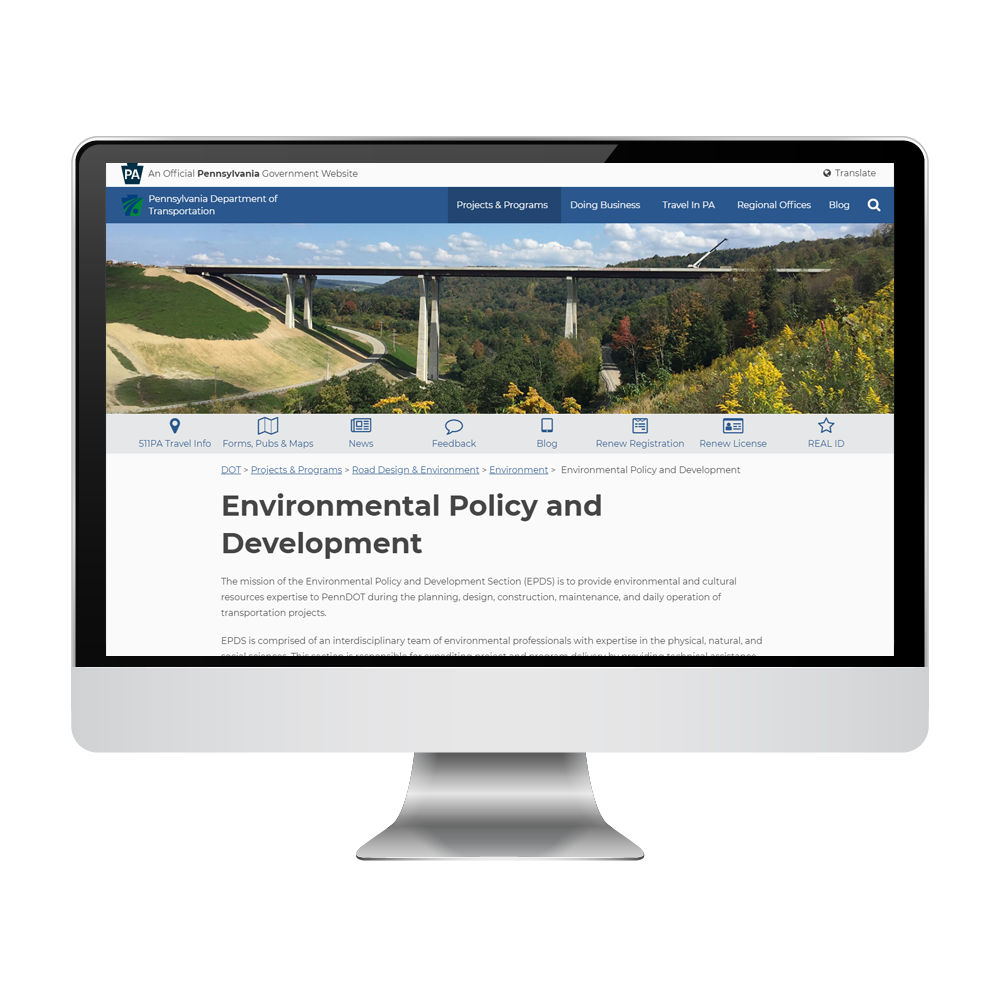

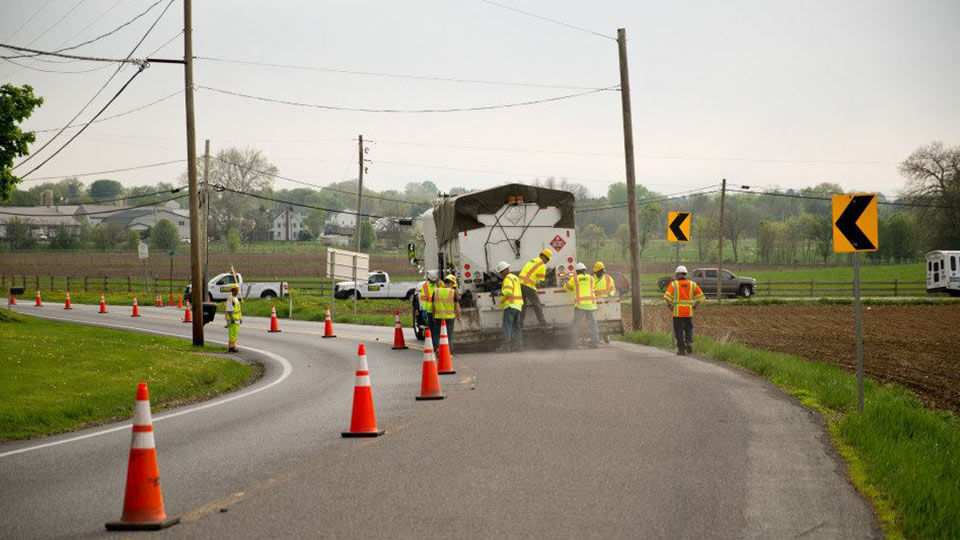
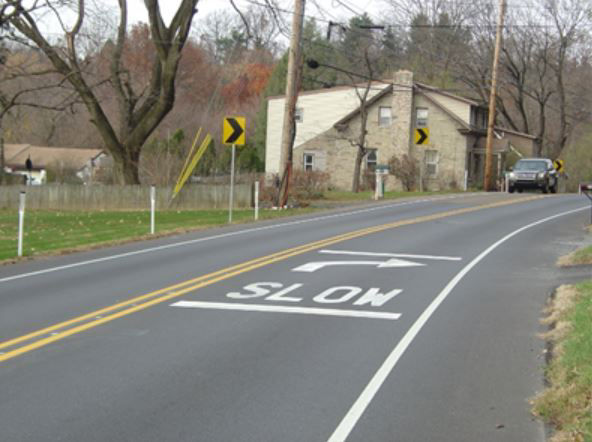
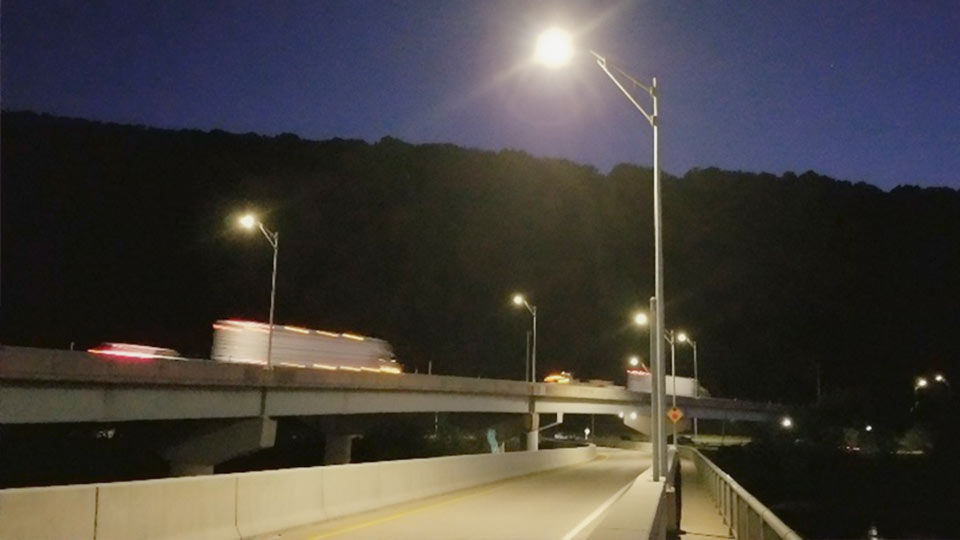
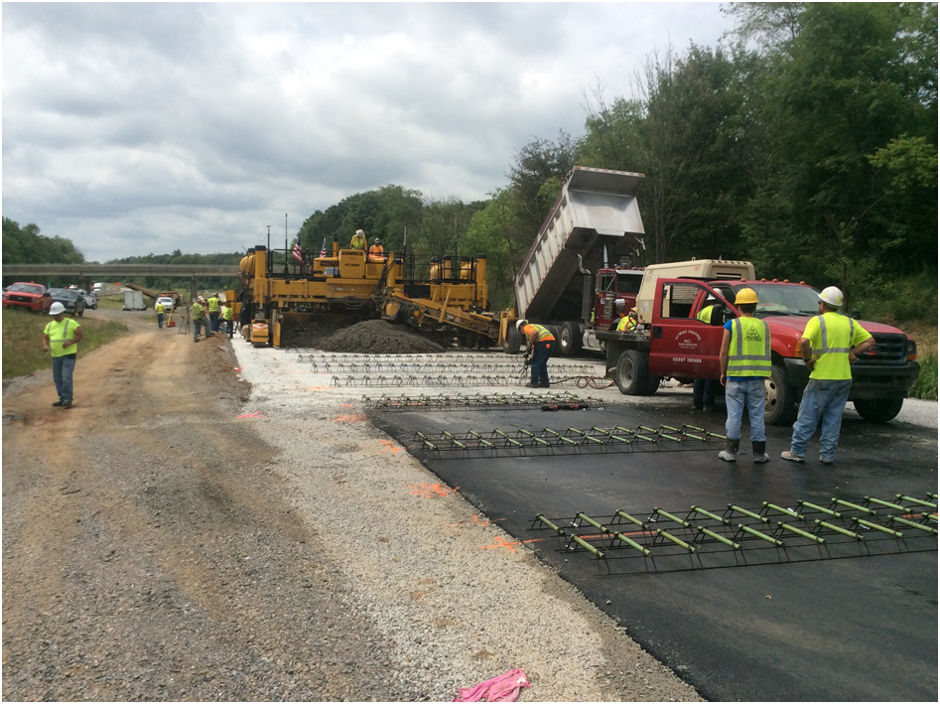

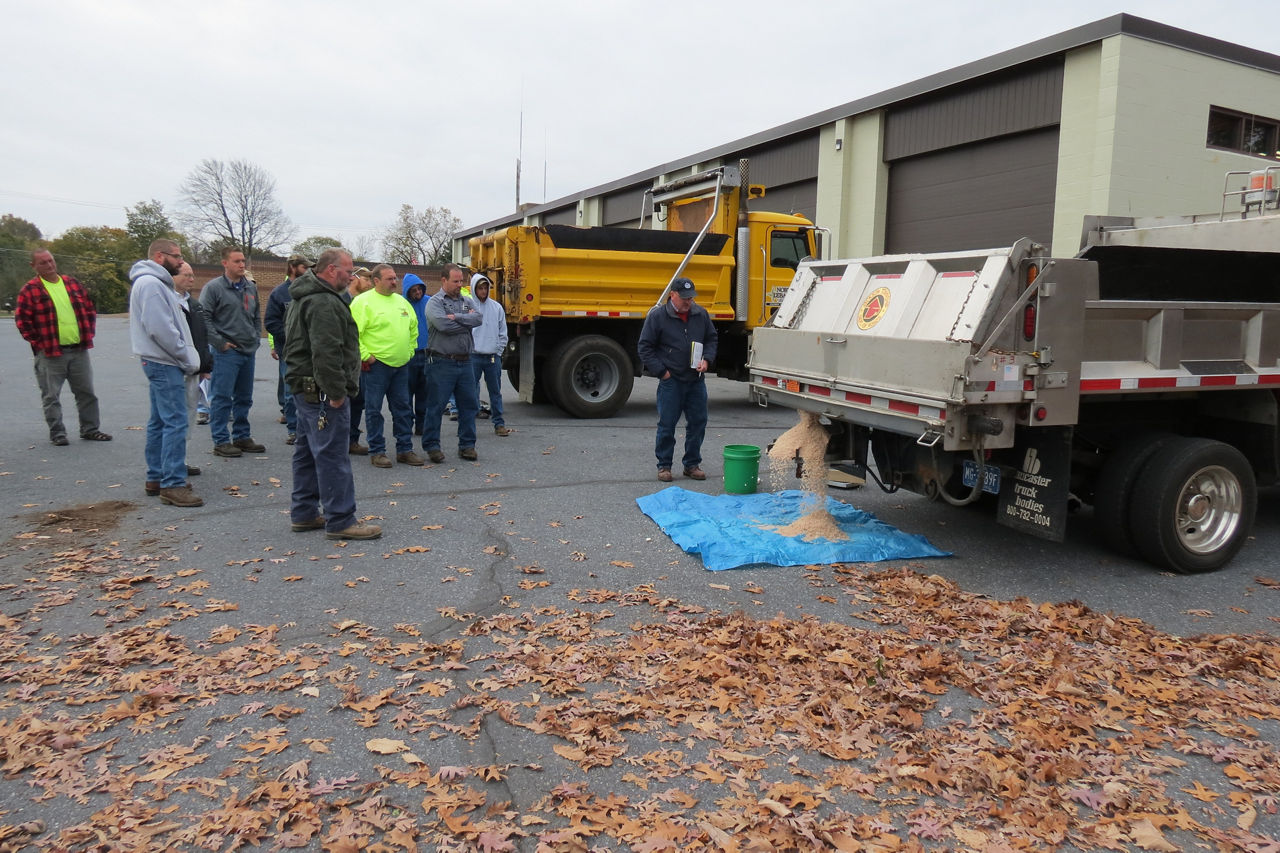
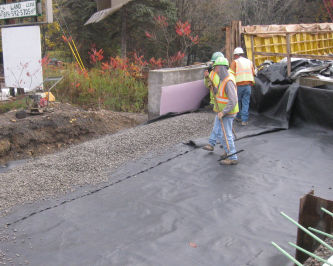
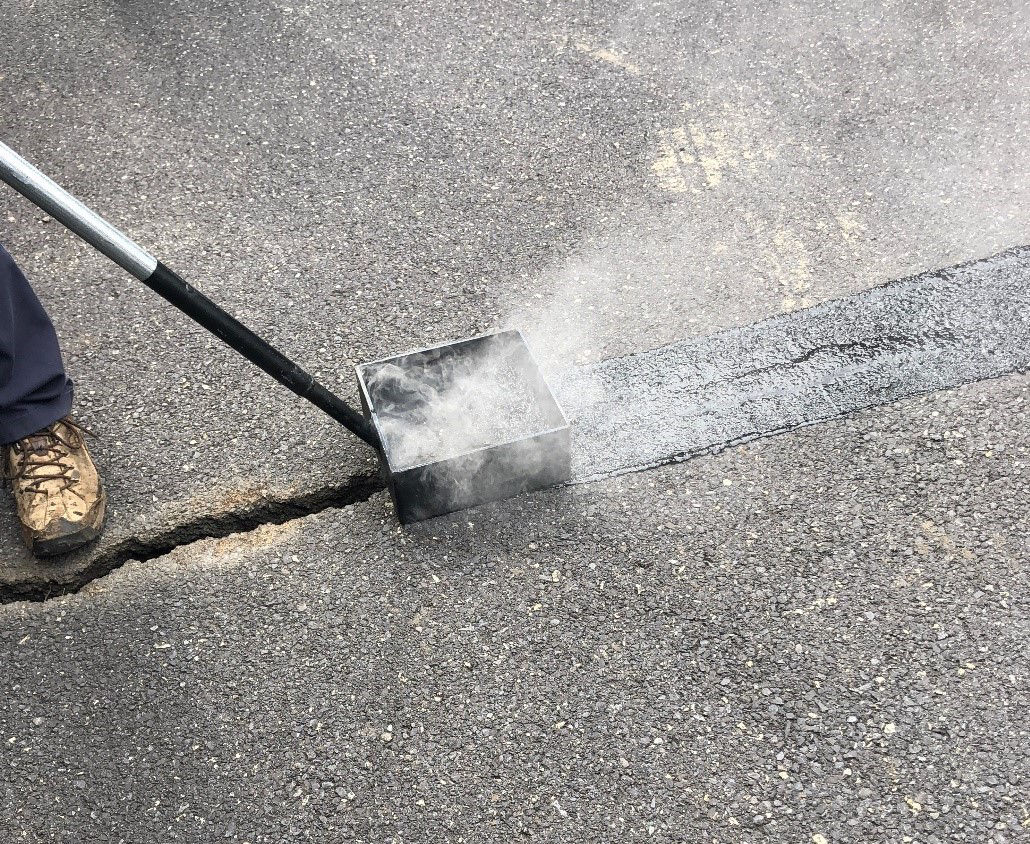
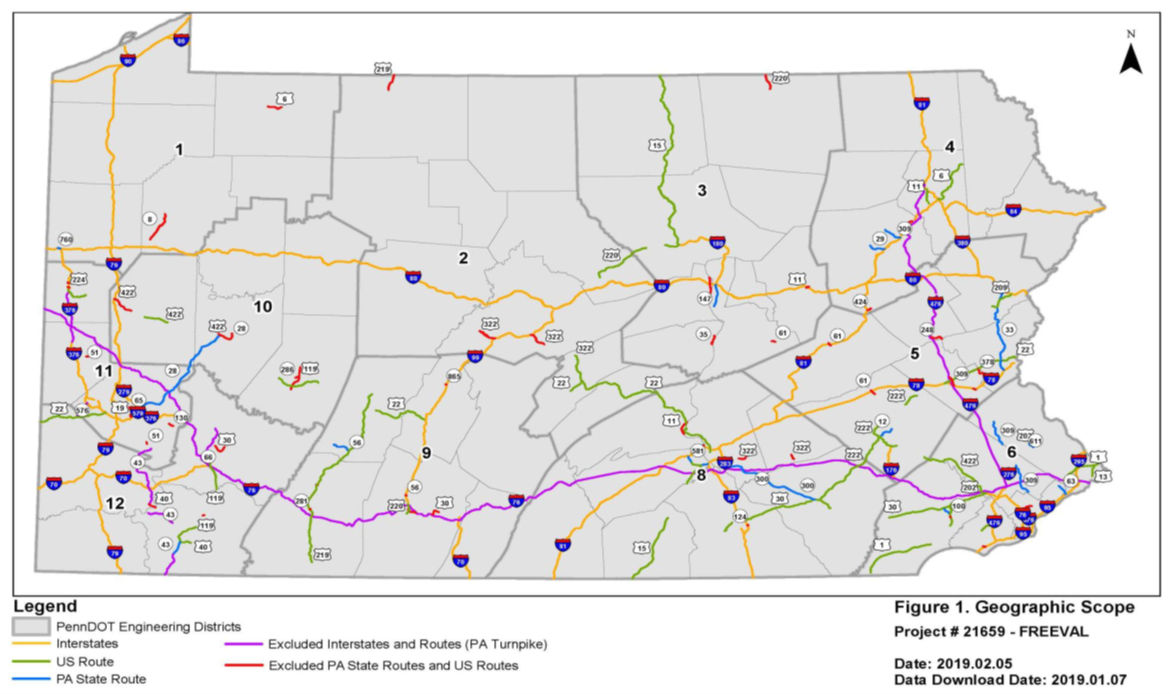
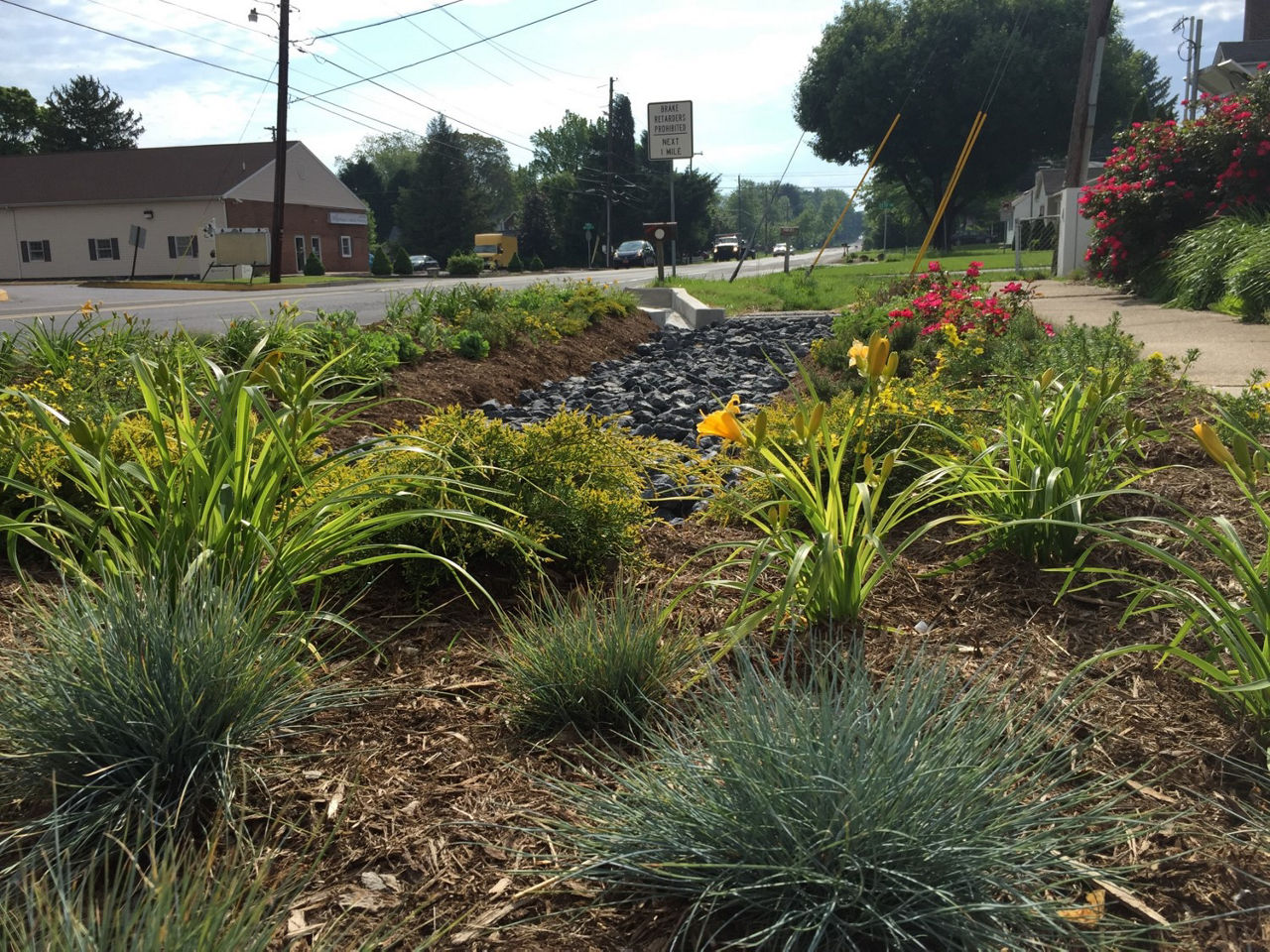
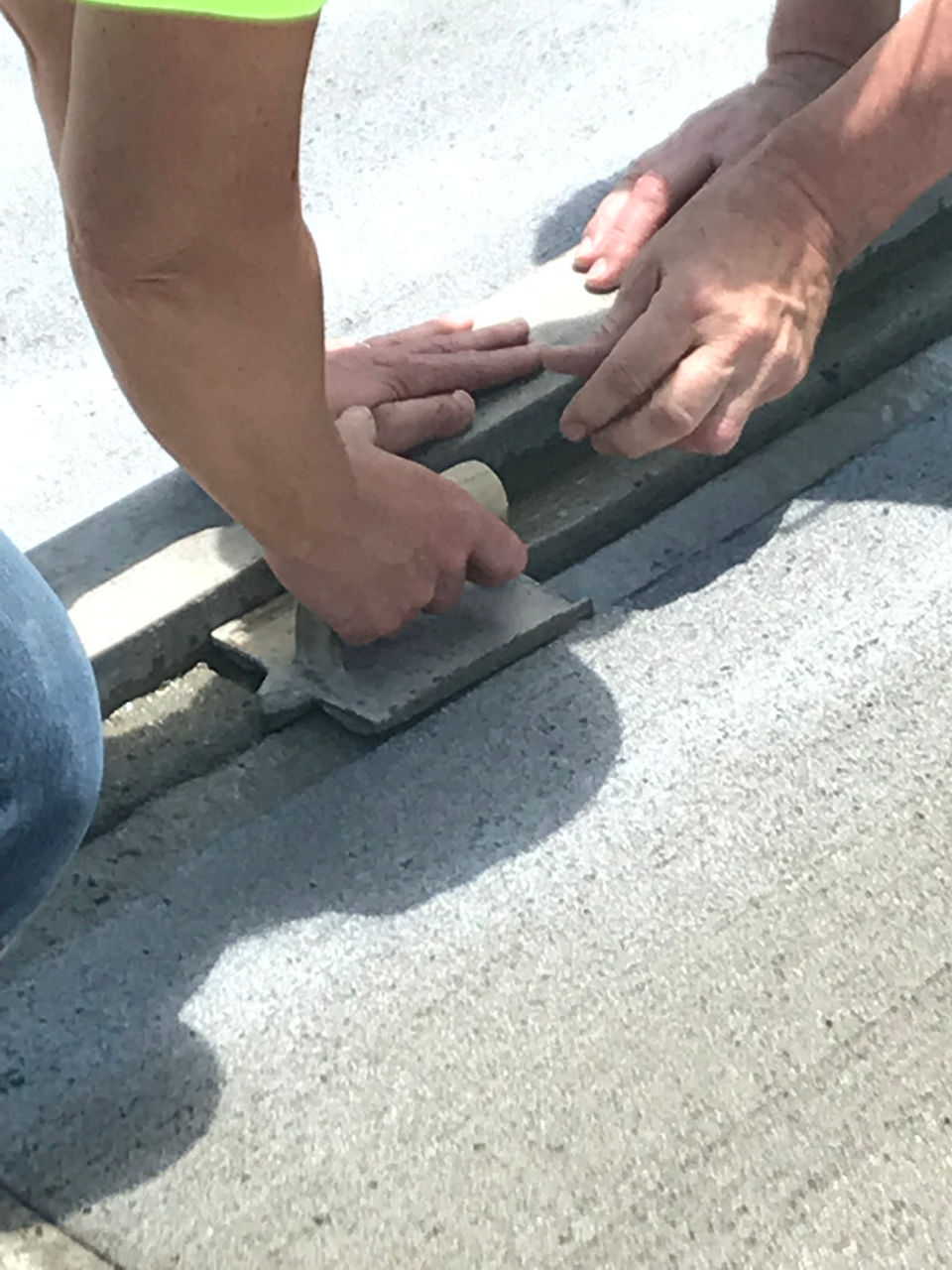
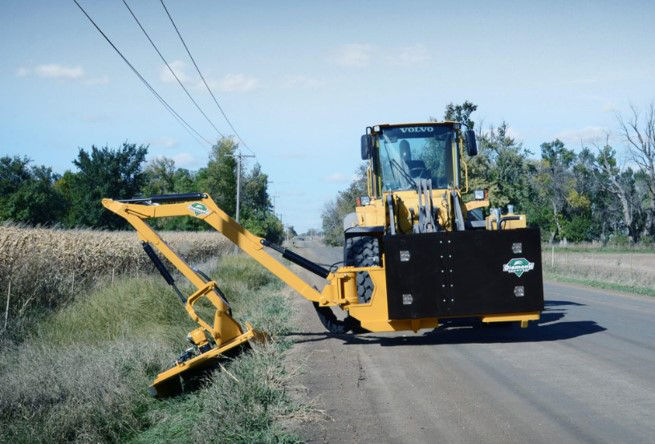
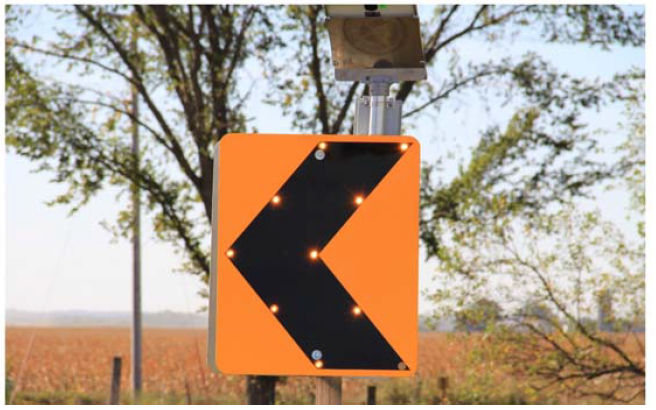
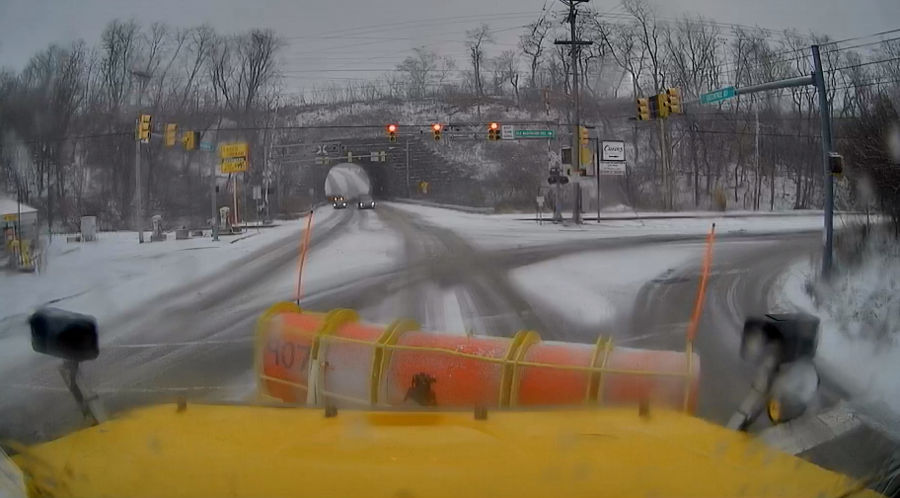
)